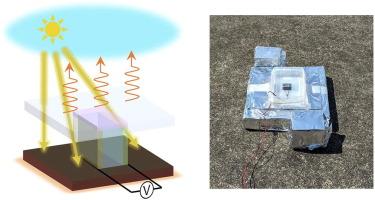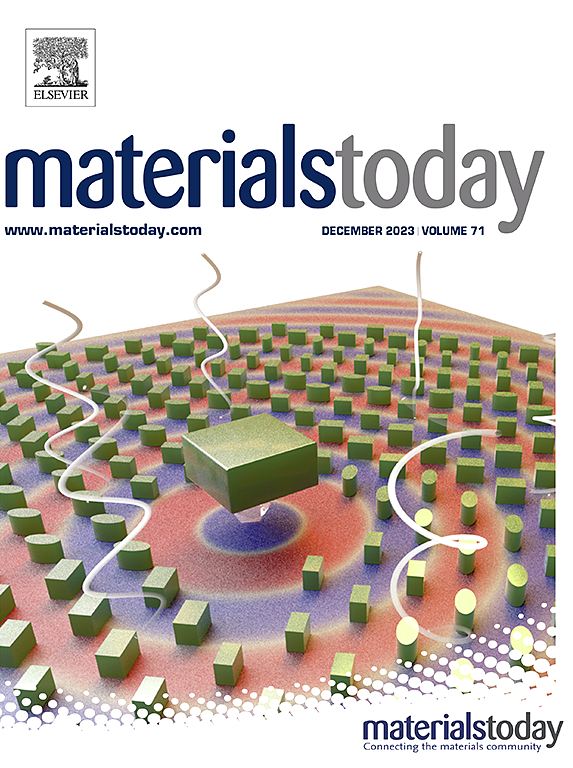Transparent thermoelectric device for simultaneously harvesting radiative cooling and solar heating
Abstract
Outdoor radiative cooling is a passive method of cooling a surface that faces the sky. During the past decade, numbers of successful demonstrations of daytime radiative coolers have been reported. Because a daytime radiative cooler can be radiatively cooled both during the day and at night, it is always cooled and a temperature difference against the surroundings is generated. This temperature difference can be used to generate thermoelectric power throughout the day by placing a daytime radiative cooler on a thermoelectric module. However, such a device cannot harvest solar heat because sunlight is reflected by the daytime radiative cooler. In this study, a thermoelectric device that simultaneously harvests both radiative cooling and solar heating is presented. The essential component is a vertically placed thermoelectric module made of transparent thermoelectric thin films which allows radiatively cooled and solar heated surfaces to be co-planar. The outdoor and indoor measurements confirm that the device can harvest both radiative cooling and solar heating simultaneously during the day without offsetting each other, and can harvest radiative cooling at night. The co-planar design is an efficient method for simultaneously harvesting solar heating and radiative cooling, which could facilitate efficient energy harvesting and can be applied to a standalone power supply for off-grid sensor modules.


 求助内容:
求助内容: 应助结果提醒方式:
应助结果提醒方式:


